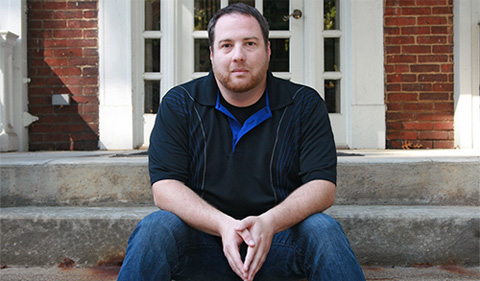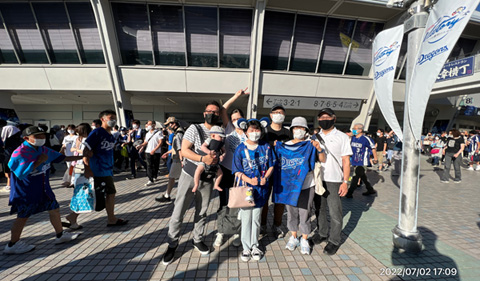By
Working in the dense rain forest of the Congo one summer and the humid semi-arid North Dakota grasslands the next, Steven Richardson assisted national and international groups with their land conservation efforts.
Analyzing Deforestation in the African Congo
Richardson, an Ohio University master’s student in international development studies and Geography, was sent to Kinshasa, Democratic Republic of Congo, in summer 2014 by the U.S. Agency for International Development (USAID) to work in the agency’s Central Africa Region Program for the Environment. This program is a long-term regional initiative that enables development agencies to work with partner organizations to reduce deforestation and conserve biodiversity within the Congo Basin of Africa.
Richardson reviewed and analyzed agency documents to determine how well the program has worked with members of the Congo Basin Forest Partnership to implement policies on wildlife protection and climate change. He also reviewed policy documents from the Congolese government on its national strategy to reduce emissions from deforestation and how it might complement the United Nations-sponsored multi-nation collaborative program strategy initiatives concerning deforestation.
Using GIS and Remote Sensing
To do this well, students need tools and methods that will allow them to analyze the issues of development and produce focused solutions. Geographers use tools such as GIS, or geographical information systems (where geographical data of specific areas is managed and analyzed), and remote sensing (the process of scanning the Earth by satellite or high-flying aircraft in order to obtain information about it). These and other tools not only clarify the issues of a specific geographic area, but also allow comparison to global patterns.
“Geographers are students of the world, looking for patterns, relationships and sequences of characteristics that are distinctive and explain the differences among areas and phenomena of the world. Some focus on events like climate change, others focus on population studies and others focus on regions or countries of the world like Africa. Most geographers need real-world experiences no matter their focus. Steven’s experience gives a regional grounding for his interest in the environment and climate change,” said Ohio University International Development Studies Program Director Bob Walter.
Mapping Native U.S. Prairie Grasses and Flowers
Back in the United States during the summer 2015, Richardson served as a GIS mapping intern with the United Prairie Foundation, a non-profit organization based in North Dakota that assists in the restoration of prairie lands to a native status in the United States. He helped to locate areas of native prairie grasses and flowers within two counties of North and South Dakota. He created maps that show where prairies exist in the targeted study area. These maps are used in efforts by government entities and conservation organizations to expand currently depleted prairie lands in the Midwest.
Richardson honed his skills in geographical fieldwork and surveying as he searched county lands for native plants. Part of his job included creating detailed files for mapmaking that show prairie site locations.
Internship Experience: Flexibility, Qualitative Analysis Skills
Richardson’s USAID internship was an important milestone in his professional development.
“I learned the value of being flexible in scheduling, as events and meetings could be canceled or created instantly. I improved my qualitative analysis skills while reading government documents on environmental policy. These documents were often in French, so it increased my language skills as well,” he said.
Walter says internships like Richardson’s help prepare graduates to be effective agents of change. Students must understand the state of development for an area or country and prescribe a process of change that both benefits the population of the area and fits their cultural contours.
“Internship experiences like mine are useful because they allow students to gain insight into what they might be doing in a future career. It gives the student firsthand experience that they might not get within a classroom. I would highly recommend any student to take an internship, whether domestic or abroad, and to take every opportunity that is presented to them,” Richardson said.
The Research Division hosts the workshop “How to Find and Apply for Summer Internships” on Thursday, Dec. 1, 2015, from noon to 1 p.m. at Baker 239; and from 6-7 p.m., 332 Clippinger; (repeat); RSVP requested to male-bru@ohio.edu. Ohio University students can find summer research internship listings online.




















Comments